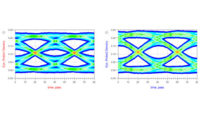Articles by Bert Simonovich
A Practical Method to Model Effective Permittivity and Phase Delay Due to Conductor Surface Roughness
Presented at DesignCon 2017
Read More
Practical Method for Modeling Conductor Surface Roughness Using Close Packing of Equal Spheres
Presented at DesignCon 2015
Read More

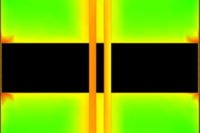
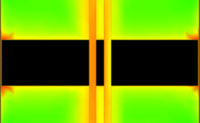
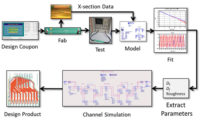

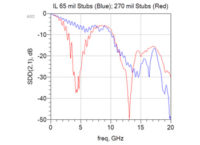
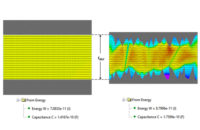
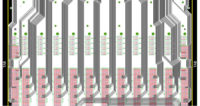
 Like any good tradesman, every electronic design engineer should carry a variety of tools in their toolbox. Some of the tools I like to carry are transmission line equations.
Like any good tradesman, every electronic design engineer should carry a variety of tools in their toolbox. Some of the tools I like to carry are transmission line equations.